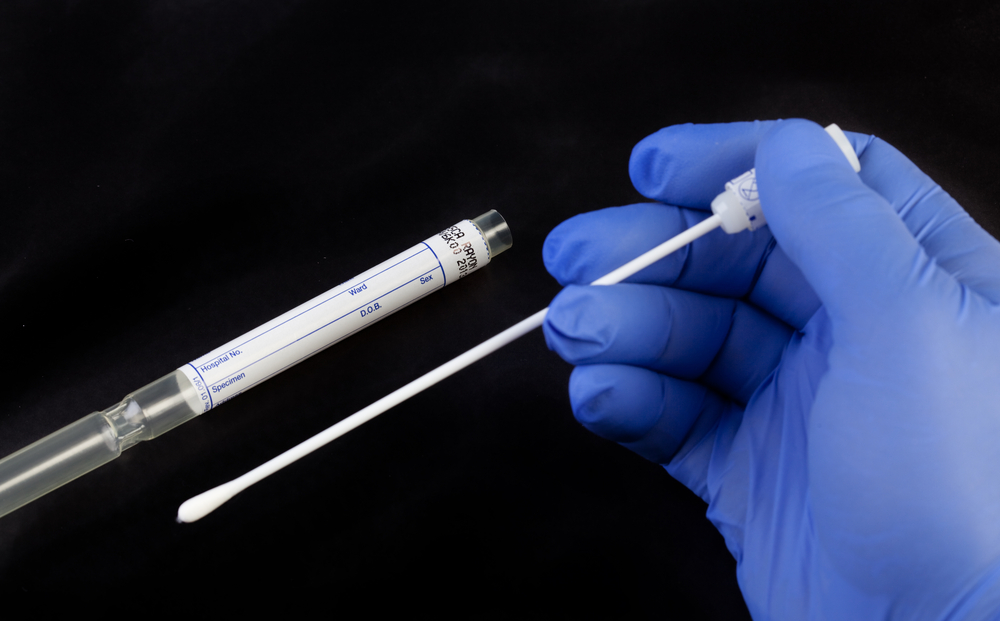
A new test, according to information presented to the European Respiratory Society International Congress, can identify viral infections in just 50 minutes — something that could save hospitals approximately €2,500 ($2922) per patient prevented from requiring admission.
The other advantage of this: potentially lowered rates of antibiotic use, cutting into the spread of antibiotic resistance. All this point of care respiratory viral testing (POCT) requires is a swab for patients’ nostrils, followed by sending the sample to a machine known as FilmArray, which analyzes and prints information on that analysis.
“Initial results on the first 1,075 patients, show the potential of this service,” said Kay Roy, consultant physician in respiratory and general internal medicine at West Hertfordshire Hospitals NHS Trust. “We were able to identify 121 patients who had viral infections, lacked any evidence of bacterial infection, had a normal chest x-ray and only modest indicators of inflammation. Of these, hospital admission was subsequently avoided in 25 percent, and unnecessary antibiotics were avoided in 50 percent. None of the 30 patients who avoided hospital admission and who were not prescribed antibiotics experienced adverse clinical outcomes, which is reassuring.”
The technology utilized has already been in use in microbiology labs, but researchers saw its potential in hospitals as well. The results show, according to Roy, that earlier bedside testing in the emergency room improves infection control, clears up space in the hospital itself and reduces the risk of spread to vulnerable groups. POCT comes with a cost, of course, but it would be much lower than sending to a microbiology lab for testing or admitting patients to hospital beds.
“Each respiratory admission can cost around £2000 (€2,500),” Roy said. “We could make a significant saving for national health services by avoiding unnecessary admissions in patients who may have otherwise been admitted and given antibiotics while waiting up to two days for results from the lab. Patients in whom antibiotics were avoided also contribute to cost savings, as do the beds and wards which remain open.”
The next step for POCT is to begin a randomized controlled trial in the larger community, with primary care physicians referring patients.




